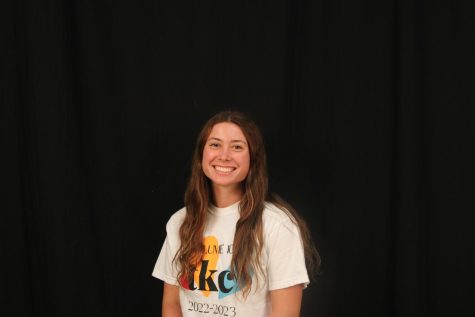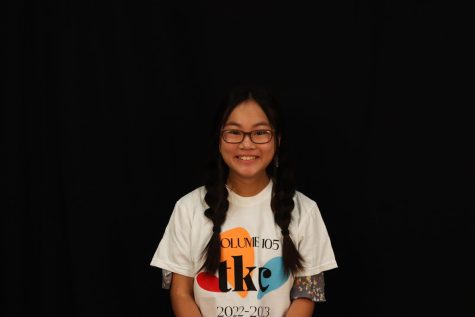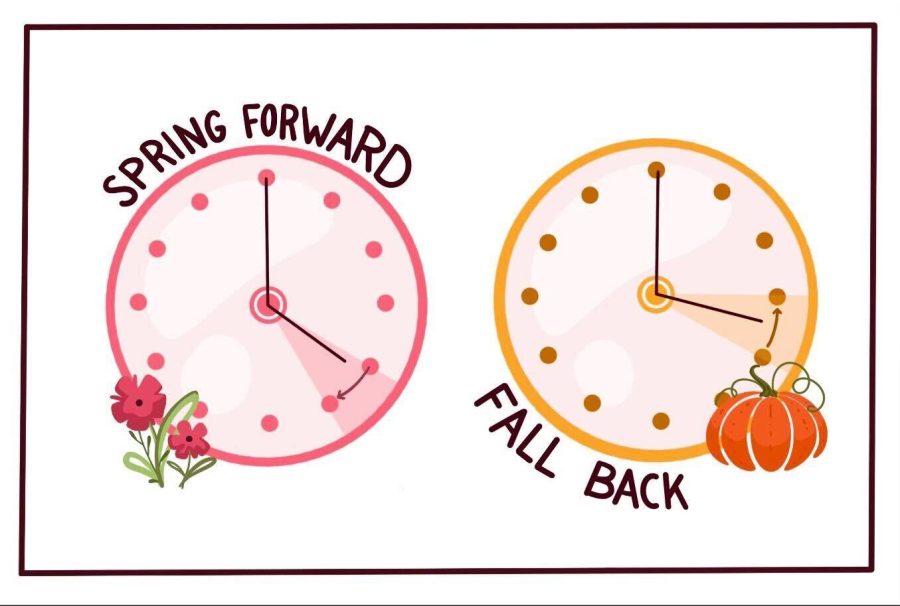Turning the lights out on daylight savings
To prevent seasonal depression, Daylight Savings Time should become permanent.
If you love sleep as much as I do, then you must not be the biggest fan of Daylight Savings Time (DST). Each year, the clock jumps forward by an hour on the second Sunday of March. But, as of Sunday, Nov. 6, the clocks fell back an hour and went back to normal. This meant that we all got an extra hour of sleep before having to wake up at 6:00 a.m. for school the next morning.
Despite the hard sleep transition for a day or two, a report from CBS News says that most Americans prefer to have permanent DST over permanent standard time. Most Americans say that it puts them in a better mood, and makes them feel more productive. Personally, I like to have more daylight in a day because I feel like I’m able to get more done. Once the sun goes down, the day feels over and I’m convinced that I can’t get anything done until the next day.
On March 15, 2022, the Senate passed the Sunshine Protection Act of 2021 bill which would make DST permanent. However, the bill’s fate has been sitting in purgatory since March. According to the U.S. Senator Marco Rubio, one of the bill’s sponsors, the change wouldn’t take place until Nov. 2023 after input from airlines and broadcasters.
A con to DST is when we move forward an hour, children end up playing in the dark at the playground. Not only that, but it can affect children and adults sleeping patterns for days after the change due to losing an hour of sleep. This can take a huge toll on stressed out high school students, like me. There are some nights where I find myself having to stay up until 3:00 a.m. to finish up all my homework due the next day. If that isn’t enough stress, imagine my stress levels going through the roof when I end up losing an hour.
According to Reuters, those who experience these issues often develop seasonal depression due to DST. Some experience Seasonal Affective Disorder (SAD). According to Click On Detroit, SAD is often caused by changes in our “circadian rhythm,” our internal clock which operates our bodies sleeping patterns, mood and appetite. Often, symptoms of SAD include feeling depressed, withdrawn, lack of motivation, struggling to concentrate and changes in sleep and eating habits. According to Destinations, teens can get seasonal depression due to the brain’s reaction in lack of exposure to daylight. I’m sure everyone has felt this at one time or another. During the shift from fall and winter, there are times where I don’t feel like doing anything and all I can do is lay in bed and hopelessly watch TV for hours on end. I don’t even have the energy to get up and grab food. This happens to me on those days where it feels very gloomy, too.
Basically, this bill needs to get passed. Now. High school is hard enough, and I can’t deal with the stress of meeting deadlines in college with DST thrown on top to make everything worse. This change will not only benefit people’s desire of permanently staying in one time zone, but will help with everyone’s mental health.
Your donation will support the student journalists of Kirkwood High School. Your contribution will allow us to purchase equipment and cover our annual website hosting costs.

She/Her
Hobbies and Interests: softball, pickle ball, writing, swimming and hanging out with friends
Favorite song: Baby, I Love Your Way by Big...

She/Her
Hobbies and Interests: drawing, cooking, and true crime
Favorite song: too many to choose
Favorite Quote: "Venture outside your comfort...









